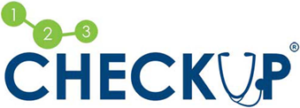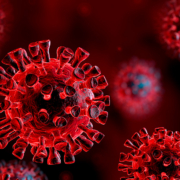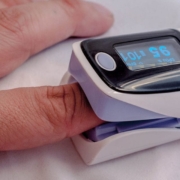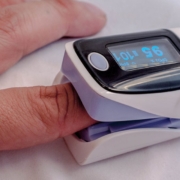Symptoms and Spread of Covid-19
Over the past few months, our world has been flipped upside down. Schools have shut down until further notice. Coffee shops and restaurants have followed suit, only offering takeout options. Offices have told their workers to work from home. The streets and outdoor areas are quiet too. It’s as if our lives are on pause, waiting until we can return back to normal again. Covid-19 is the pandemic that has made people all across the globe feel like they’re in a science fiction movie. It’s important to be aware of what the symptoms of Covid-19 are and how it’s spread. By having this useful information, the right steps can be taken in preventing more cases from appearing.
What is Covid-19?
Covid-19 is a disease developed by a type of virus that falls under the umbrella of Coronavirus. Coronaviruses are a big family of viruses. They’re named coronavirus because, under a microscope, the virus is covered with pointed structures, making it appear crown-like. They can cause mild diseases like cold or more severe diseases like Severe Acute Respiratory Syndrome (SARS). Some diseases are more easily transmitted than others. This new strain of coronavirus causing COVID-19 is the latest coronavirus that has been discovered. It’s also seen as the most dangerous due to how easily it spreads. What started as a controllable outbreak quickly took over the world, causing countries to close their borders and halt their economies. In comparison to SARS, Covid-19 has led to more fatalities and a quicker spread. Consequently, it makes it difficult to contain.
Symptoms of Covid-19
Anyone can become infected with Covid-19. Researchers say that symptoms of Covid-19 are quite mild because they’re similar to a cold. You may not even know you have Covid-19 because it feels like any other typical cold. Some symptoms include cough, fever, difficulty breathing, the new loss of taste or smell, chills, and muscle pain. In more serious cases, you may experience persistent pressure in the chest, trouble breathing, and bluish lips. That’s when it’s important to seek medical attention. In severe cases, being infected by Covid-19 can lead to death. However, a large percentage of Covid-19 deaths was because individuals had complications like heart problems or weak immune systems.
Covid-19 symptoms may take up to fourteen days to appear after exposure. Furthermore, evidence has shown that you can be infected by someone who is infected, but not showing symptoms. Hence, it’s important to make sure all safety guidelines are being followed when going out and cleanliness is being maintained. As of right now, the only way to be sure you have Covid-19 is to get tested. If you are coming back from a trip or have been on a recent flight, it’s important you self-isolate. Make sure you get in touch with a doctor so your symptoms can be monitored closely. Under no circumstance should you be leaving your house for anything?
Spread of Covid-19
When the world first became aware of Covid-19, the biggest challenge was to slow down and stop the spread. China went into lockdown, but then Italy’s cases started climbing up. Shortly after, the United States began going into a state of emergency. All of these occurrences happened within weeks of each other. Flights were being canceled and borders were shutting down. Yet, Covid-19 still managed to make many countries go into a state of emergency. Well, all it takes is one person and a sneeze.
Though there is still research being done, it is believed that that Covid-19 is very likely spread through droplet contact. Droplet contact is when illnesses can be transferred by infected droplets contacting the surfaces of the eyes, nose, or mouth. These droplets are quite large and can even be visible to the eye. For example, you may see these droplets when a person sneezes. Moreover, because these droplets are quite big, they typically only spread one to two meters. They don’t stay in the air for very long but can still make a huge impact. As a result, it’s important to respect the social distancing rules put in place. More space between people means less spread and infections happening.
Covid-19 threw most of our lives out of the loop. Face masks are our newest accessories and we need to stay in line at stores if there are too many people. Social distancing rules are still intact so you shouldn’t be seeing anyone outside your household. It can get lonely sometimes, but we have to keep in mind this is for the greater good. By distancing now, we can prevent further spread in the future. Stay home and stop the spread, you never know how many lives you can save.
Disclaimer
The information, including but not limited to, text, graphics, images and other material contained on this website are for informational purposes only. The purpose of this website is to promote broad consumer understanding and knowledge of various health topics. It is not intended to be a substitute for professional medical advice, diagnosis, or treatment. Always seek the advice of your physician or another qualified healthcare provider with any questions you may have regarding a medical condition or treatment and before undertaking a new health care regimen, and never disregard professional medical advice or delay in seeking it because of something you have read on this website.
Source:
www.Salinetherapy.com






